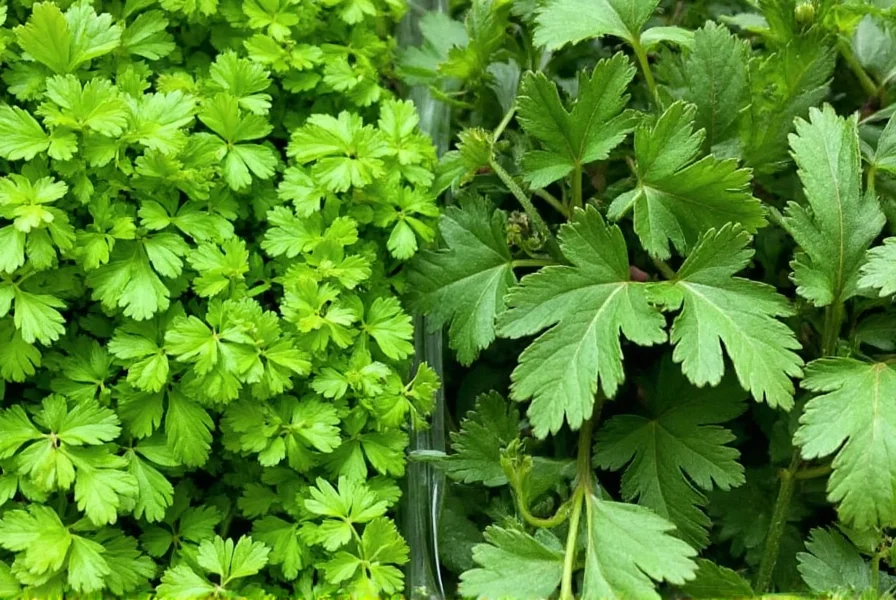Table of Contents
Introduction to Broth and Stock Vegetable
Vegetable broth and vegetable stock are distinct culinary ingredients with key differences in ingredients, preparation, and flavor. Understanding these differences is essential for achieving optimal results in soups, sauces, and other dishes where these liquids serve as foundational elements.
Key Differences Between Broth and Stock Vegetable
Vegetable broth and vegetable stock differ primarily in their ingredients, cooking methods, and intended use. Here’s a clear breakdown:
1. Ingredients
Vegetable broth is made with fresh vegetables, herbs, and often additional seasonings like salt or spices. Common ingredients include carrots, celery, onions, garlic, and aromatic herbs such as thyme or parsley.
Vegetable stock is typically made from vegetable scraps (like peels and ends) with minimal seasoning. It contains no added salt or strong flavorings, resulting in a neutral base that complements other ingredients without overpowering them.
2. Cooking Time
Vegetable broth is simmered for a shorter duration (typically 30-60 minutes) to preserve fresh flavors. Vegetable stock is simmered longer (1-2 hours) to extract deeper, more complex flavors from the vegetable scraps.
3. Flavor Profile
Vegetable broth has a pronounced, seasoned flavor suitable as a standalone liquid. Vegetable stock has a milder, more subtle taste designed to enhance other ingredients rather than dominate them.
| Aspect | Broth | Stock |
|---|---|---|
| Ingredients | Fresh vegetables, herbs, added seasonings | Vegetable scraps, minimal seasoning |
| Cooking Time | Shorter (30-60 minutes) | Longer (1-2 hours) |
| Flavor | Strong, seasoned | Mild, neutral |

Practical Tips for Using Broth and Stock Vegetable
Choosing the right liquid enhances your dishes’ flavor balance:
- Use broth for bold flavors: Ideal for soups, stews, or braises where the liquid is a primary flavor component.
- Use stock for clean profiles: Perfect for rice dishes, sauces, or gravies where you want ingredients to shine without competing with the base liquid.
- Make your own: Create sustainable stock using vegetable scraps like onion skins, carrot peels, and celery ends. Avoid bitter vegetables like broccoli or cabbage.
- Store properly: Refrigerate for up to 5 days or freeze for 4-6 months in airtight containers.
- Season carefully: Since broth is pre-seasoned, add salt only if needed. Stock requires additional seasoning during cooking.
Buying Guide: How to Choose the Right One
When purchasing store-bought options, consider these factors:
1. Store-Bought Broth
Store-bought broth is convenient and ready-to-use. Look for products with clear ingredient lists and moderate sodium levels. Some brands offer low-sodium versions for health-conscious consumers.
Features: Rich flavor, pre-seasoned, ready-to-use
Advantages: Saves time, consistent quality
Use Cases: Soups, stews, braised meats
Suitable Occasions: Quick meals, family dinners
2. Store-Bought Stock
Store-bought stock is typically unsalted or lightly salted, providing flexibility for custom seasoning. Many options are vegan-certified and made from organic vegetables.
Features: Mild flavor, minimal seasoning, plant-based
Advantages: Versatile for diverse recipes, controls sodium intake
Use Cases: Rice dishes, sauces, gravies
Suitable Occasions: Light meals, side dishes
Frequently Asked Questions
What’s the main difference between vegetable broth and vegetable stock?
The primary difference is in ingredients and seasoning. Vegetable broth uses fresh vegetables and herbs with added seasonings for immediate flavor, while vegetable stock is made from scraps with minimal seasoning to serve as a neutral base for other ingredients.
Can I substitute vegetable broth for stock in recipes (and vice versa)?
Yes, but adjustments are needed. When substituting broth for stock, dilute with water to reduce saltiness. When using stock instead of broth, add extra salt and herbs to achieve desired flavor. This works best in recipes where the liquid isn’t the main flavor component.
Does vegetable stock contain bones like traditional meat stock?
No, vegetable stock is entirely plant-based and contains no bones or animal products. Traditional meat stock uses bones, but vegetable stock relies solely on vegetables, herbs, and water.
Why does store-bought vegetable broth often taste saltier than stock?
Commercial vegetable broth is seasoned for direct consumption, while stock is designed as a cooking ingredient. Stock manufacturers avoid added salt to give chefs control over final seasoning, whereas broth is formulated for immediate use.
How long can I store homemade vegetable broth or stock?
Homemade versions keep for 4-5 days refrigerated. For longer storage, freeze in airtight containers or ice cube trays (for portioning), maintaining quality for 4-6 months. Always label with preparation dates.
Can I use vegetable scraps to make stock, and what should I avoid?
Yes! Use scraps like onion skins, carrot peels, celery ends, and herb stems. Avoid bitter vegetables (Brussels sprout leaves), strong-flavored vegetables (broccoli or cabbage unless desired), and moldy produce. Potato peels may cloud stock but are otherwise acceptable.
Conclusion
Vegetable broth and vegetable stock serve distinct purposes in cooking. Broth delivers immediate, robust flavor for dishes where the liquid is central, while stock provides a versatile, neutral base for recipes requiring subtle enhancement. By understanding these differences and selecting the right option for each dish, you’ll consistently achieve better flavor balance and culinary results.










 浙公网安备
33010002000092号
浙公网安备
33010002000092号 浙B2-20120091-4
浙B2-20120091-4